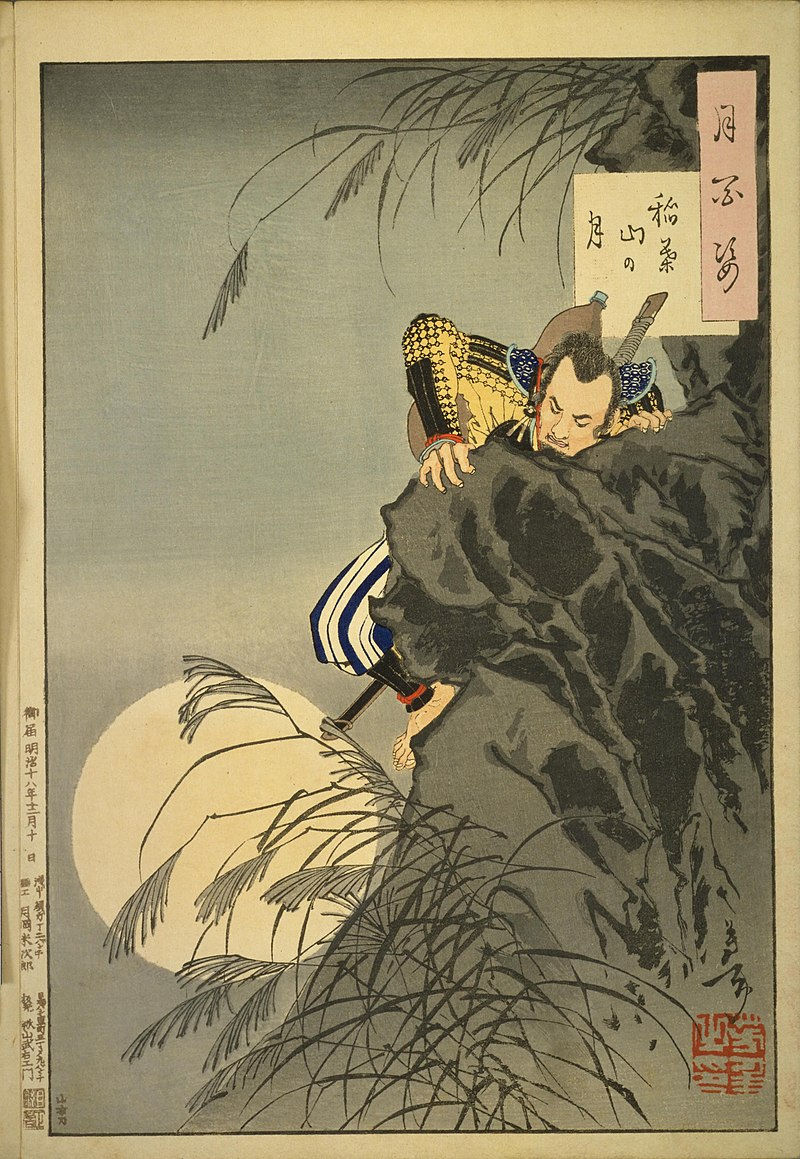Sengoku Period
- 2304583d
- Aug 4, 2024
- 2 min read

The Sengoku period (戦国時代, Sengoku jidai), often referred to as the "Warring States period," was a time of social upheaval, political intrigue, and near-constant military conflict in Japan that lasted from the mid-15th century to the early 17th century. The period is generally considered to span from the Ōnin War in 1467 to the establishment of the Tokugawa shogunate in 1603.
Key Characteristics
Fragmentation of Power
Daimyo Rule: The central authority of the Ashikaga shogunate weakened, leading to the rise of powerful regional lords known as daimyo. These daimyo ruled their territories autonomously, often fighting amongst themselves for dominance and occassionaly to attempt to overthrow the Ashikaga Shogunate and create their own.
Constant Warfare: The period was marked by incessant wars among daimyo, each seeking to expand their influence and control over more territory. Social and Economic Changes
Castles and Fortifications: The construction of impressive castles became a hallmark of the period. These fortifications were both military strongholds and symbols of daimyo power.
Agricultural and Commercial Growth: Despite the chaos, the period saw significant developments in agriculture and commerce. Market towns (城下町, jōkamachi) flourished around castles, contributing to economic growth. Cultural Developments
Tea Ceremony: The tea ceremony (茶道, sadō) was refined and popularized during this period by tea masters like Sen no Rikyū.
Noh and Kabuki Theater: Traditional performing arts such as Noh and the emerging Kabuki theater reflected the cultural vibrancy of the time.
Significant Battles and Events
Ōnin War (1467-1477)
The Ōnin War was a civil war that marked the beginning of the Sengoku period. It was a conflict between rival factions of the Ashikaga shogunate and resulted in the destruction of Kyoto and the collapse of central authority. Battle of Okehazama (1560)
Oda Nobunaga's decisive victory over Imagawa Yoshimoto demonstrated his tactical genius and significantly boosted his power. Siege of Odawara (1590)
Toyotomi Hideyoshi's siege of Odawara Castle marked the final major campaign in his unification of Japan, leading to the fall of the powerful Hōjō clan.
The Sengoku period effectively ended with the establishment of the Tokugawa shogunate in 1603. Tokugawa Ieyasu's centralized government brought peace and stability, leading to over two centuries of relative isolation and internal tranquility during the Edo period.




Comments